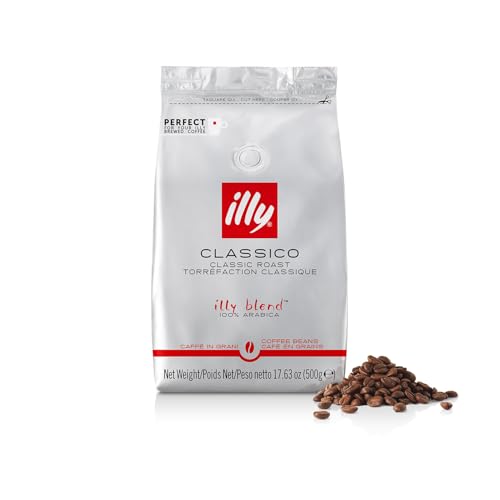Altitude and Coffee Flavor Guide
The height at which coffee grows isn’t just a detail on the bag it shapes the soul of your brew. From the way the bean forms to the taste that unfolds in your mug, altitude plays a quiet but powerful role in every sip.
Let’s dive into why elevation matters and how you, as a home coffee enthusiast, can use it to find your perfect cup.
Why Altitude Shapes Coffee
Coffee plants are picky about their environment, and elevation sets the stage for their growth. Here’s how it works:
- Temperature: Higher altitudes bring cooler air, which slows the ripening of coffee cherries, giving flavors time to deepen.
- Oxygen: Thinner air at high elevations forces beans to grow denser, packing in more intricate tastes.
- Pest Protection: Cooler climates at higher altitudes naturally keep pests and diseases at bay, letting the plant focus on flavor.
This slow, deliberate growth often yields beans with layered, vibrant profiles.
High-Altitude Coffee: What to Expect
Grown above 1,200 meters (roughly 4,000 feet), high-altitude beans tend to deliver:
- Lively acidity that wakes up your palate
- Notes of blossoms, berries, or zesty citrus
- Dense beans that shine in lighter roasts
Examples: Ethiopian Yirgacheffe, Kenyan AA, Guatemalan Huehuetenango
These coffees come alive in methods like pour-over or Chemex, where their delicate notes can take center stage.
read more: How Processing Methods Affect Coffee Flavor: Washed vs Natural vs Honey
Low-Altitude Coffee: What to Expect
Beans from lower elevations, below 900 meters (about 3,000 feet), often bring:
- Softer acidity for a gentler sip
- Warm, earthy, nutty, or chocolate-like flavors
- Softer beans, often crafted into darker roasts or blends
Examples: Brazilian Santos, Indonesian Java
These are your go-to for espresso or drip brewing, offering a cozy, full-bodied taste perfect for daily enjoyment.
How Altitude Guides Your Brew
Understanding a coffee’s growing elevation helps you:
- Pick beans that align with your flavor preferences
- Choose brewing methods that bring out the bean’s best qualities
- Savor the craftsmanship behind every exceptional cup
Our Suggestions
- Craving bright, fruity vibes? Reach for a high-altitude single-origin.
- Prefer a smooth, chocolatey brew? Opt for a low-altitude blend.
- Check roast labels for altitude details it’s often a hallmark of a roaster who cares about quality.













[…] rainfall and temperatures make for healthy coffee cherries, while drought or extreme heat can result in […]